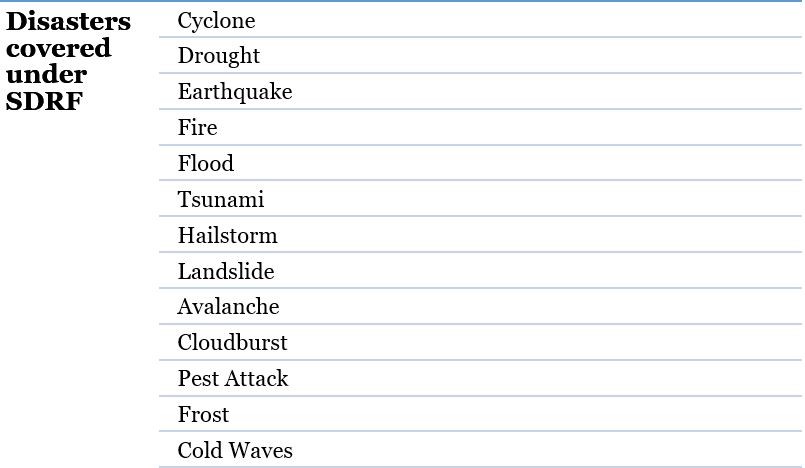Why in News?
Recently, the Union government has permitted the Kerala government to utilize Rs.120 crore from the State Disaster Response Fund (SDRF) for rehabilitation measures at Wayanad.

Why in News?
Recently, India turned from an importer to an exporter of frozen French Fries through Contract Farming (CF).
|
Advantages |
Disadvantages |
|
Farmers |
|
|
|
|
Buyers |
|
|
|
India has emerged as a major exporter of French Fries (FF), which owes much to companies procuring potato directly from growers and deepening farmer engagement.
India’s French Fries (FF) Exports
India exported 135,877 tons of French Fries (FF) valued at Rs 1,478.73 crore. During April-October 2024, exports were 106,506 tonnes and worth Rs 1,056.92 crore.
Why in News?
The African Union Summit on the Comprehensive Africa Agriculture Development Program recently concluded in Kampala, with adopting the transformative Kampala Declaration for Africa’s agri-food systems.
Malabo Declaration is the previous framework for African agricultural development, fell short of its goals, particularly in eradicating hunger and malnutrition.
Why in News?
Recently, the researchers analyzed the population of 1,000 snow leopards due to large numbers of bharal in the Sanjiangyuan region of China.
Bharal accounted over 80% of snow leopards food intake. Its density ranks among the world’s highest in Sanjiangyuan area of China’s Qinghai province, part of the Tibetan Plateau.
